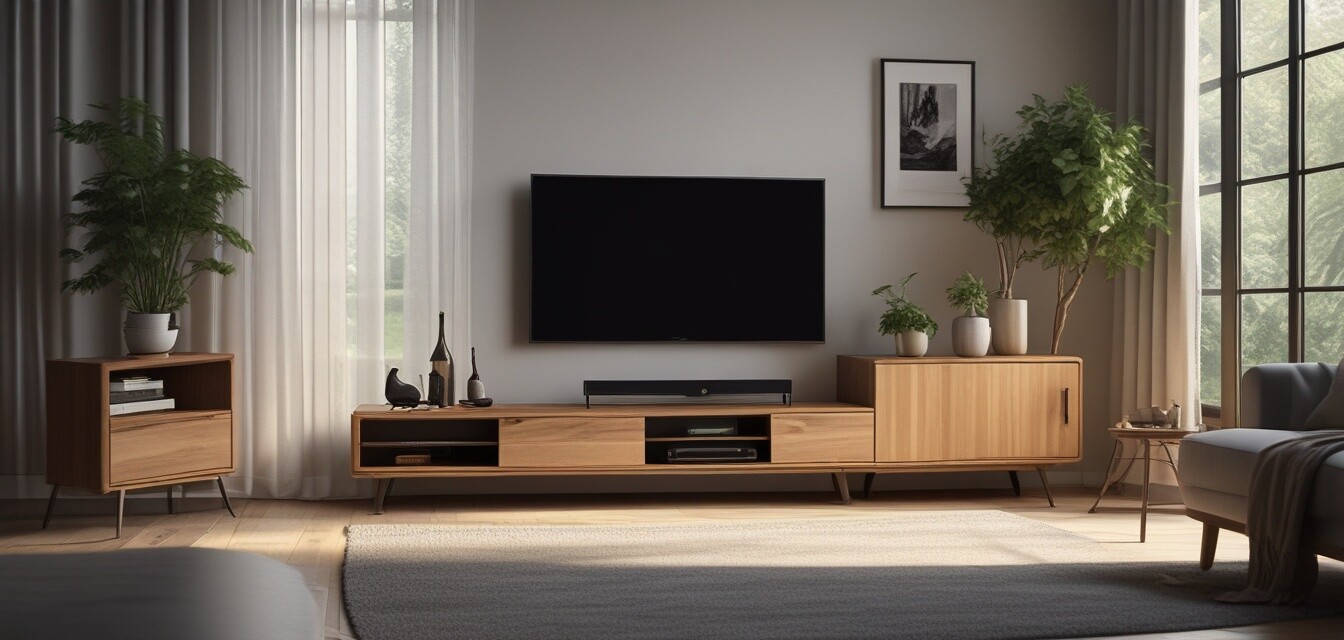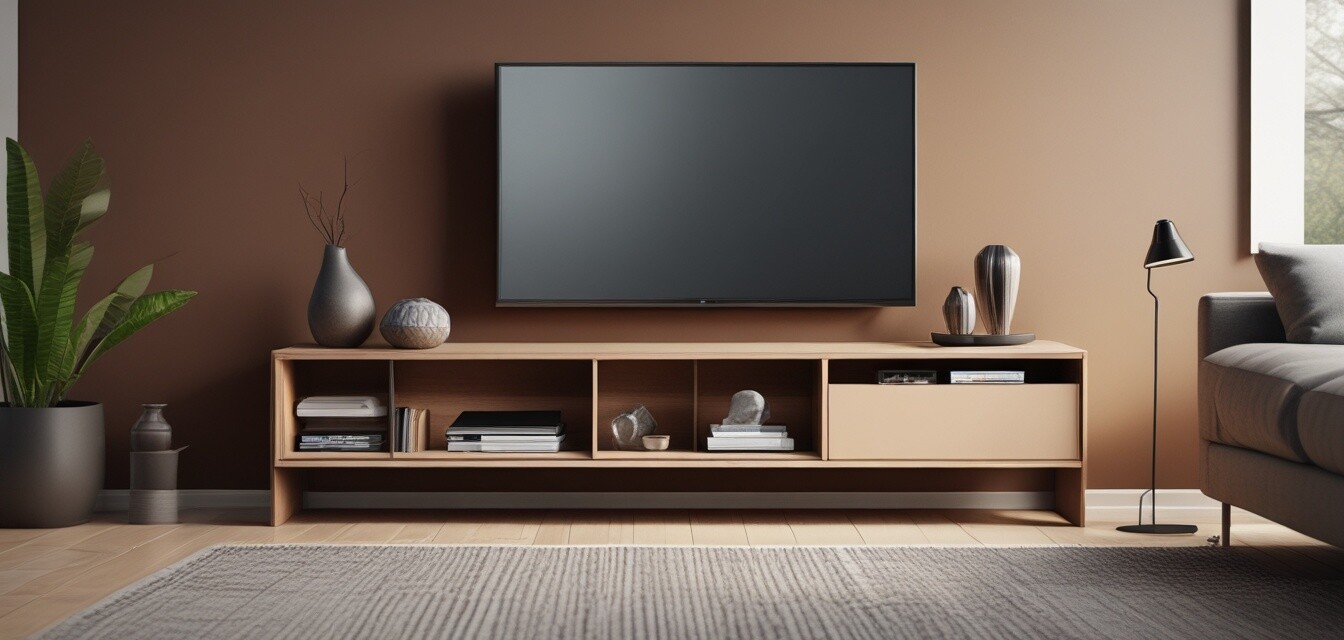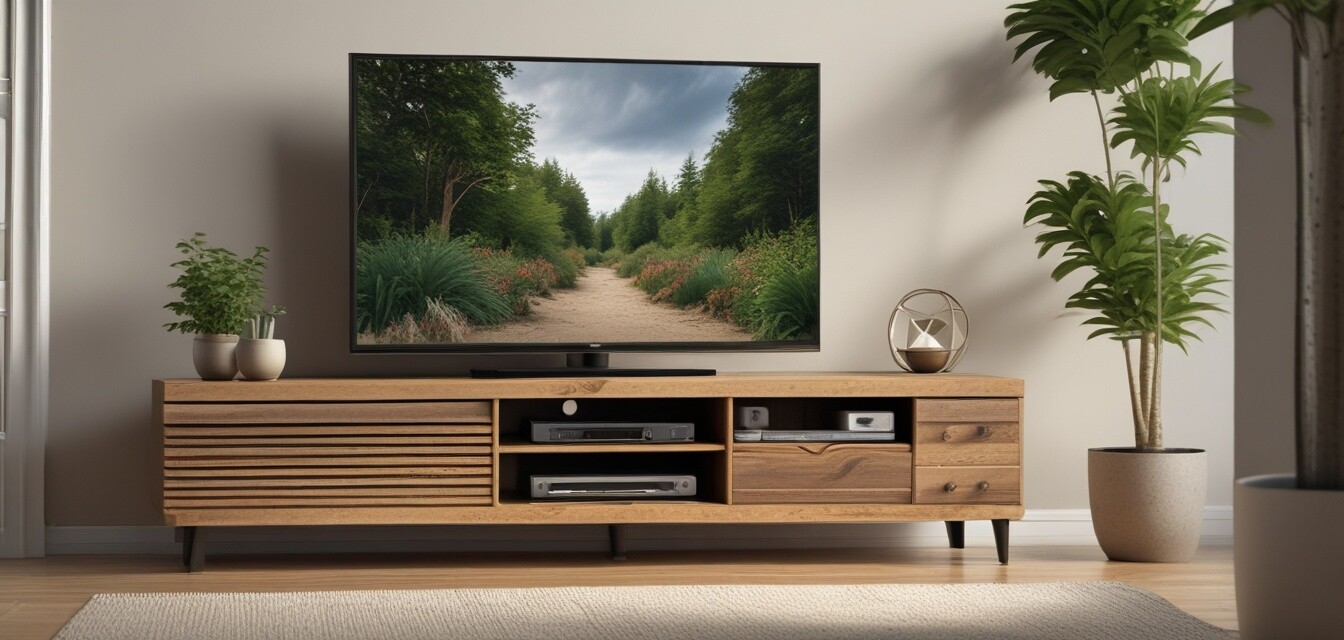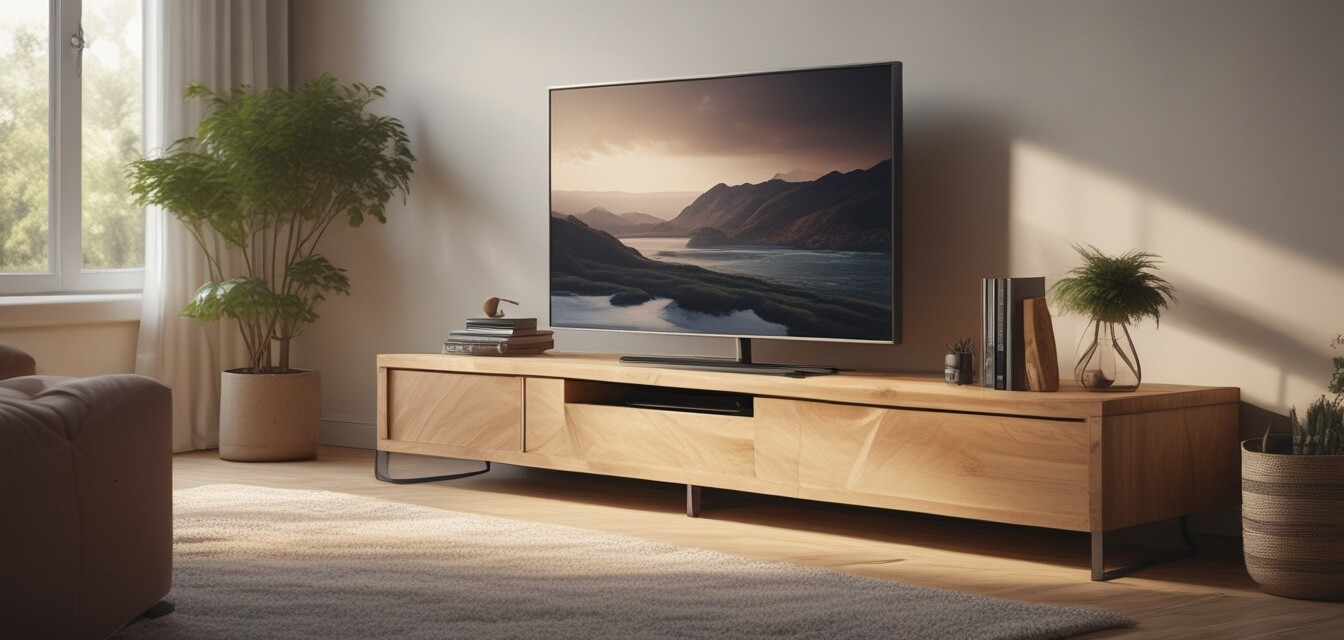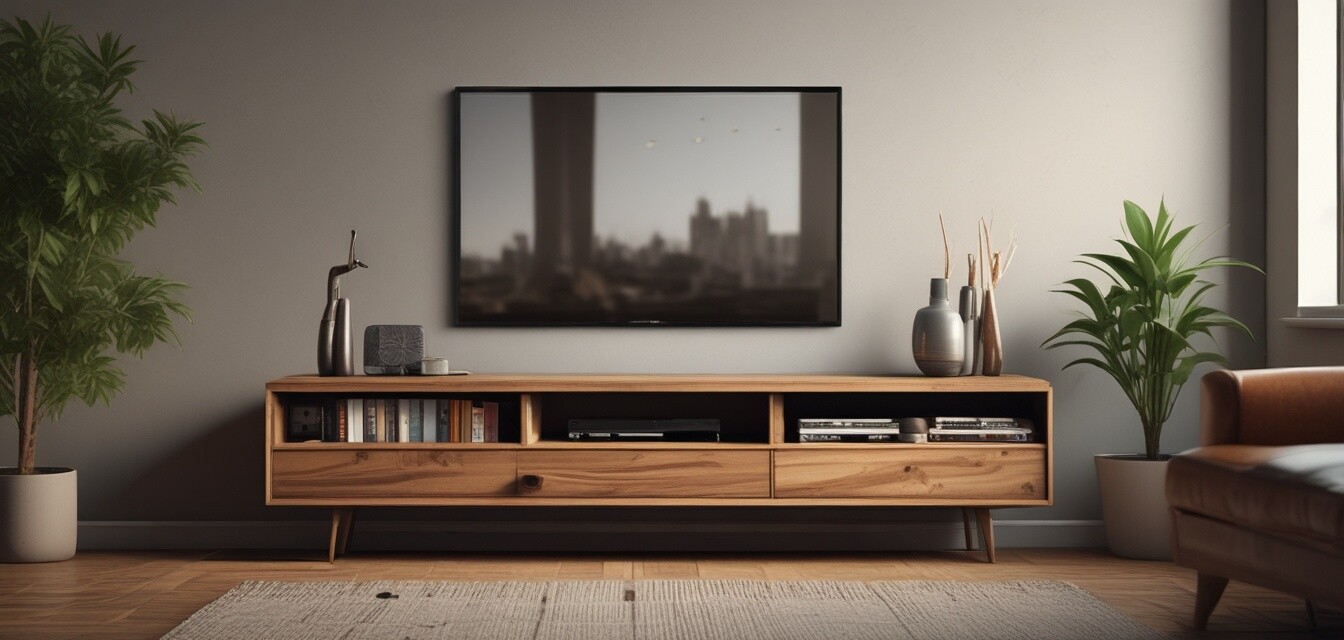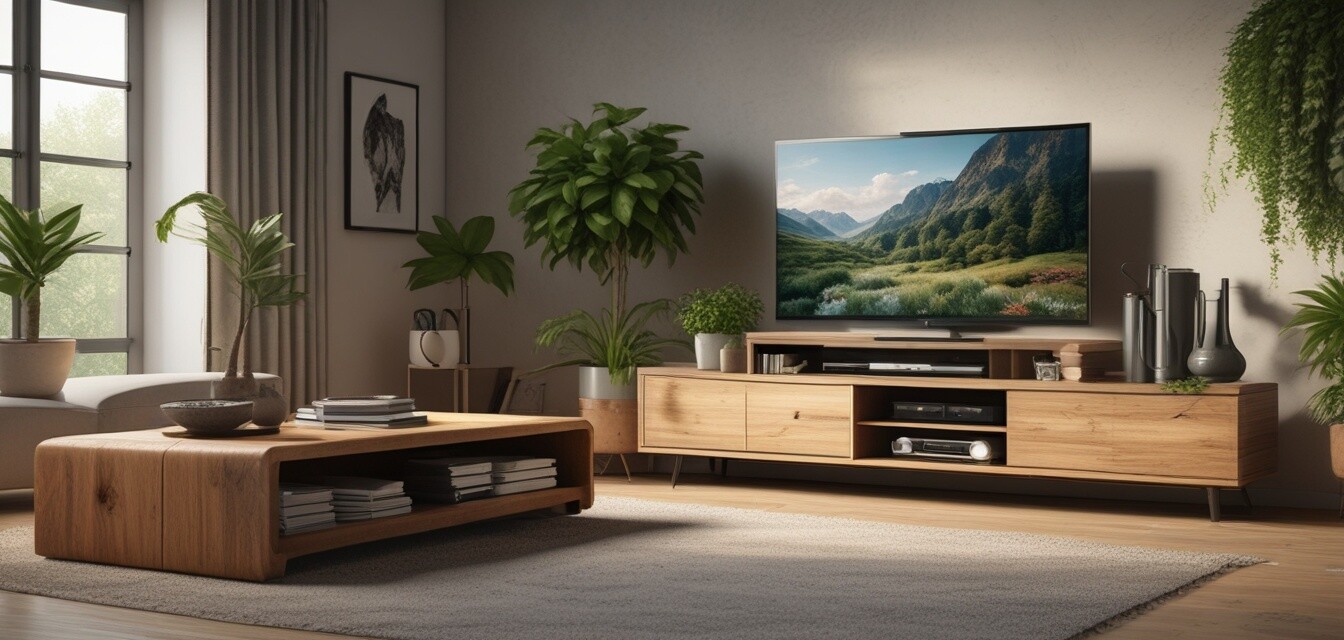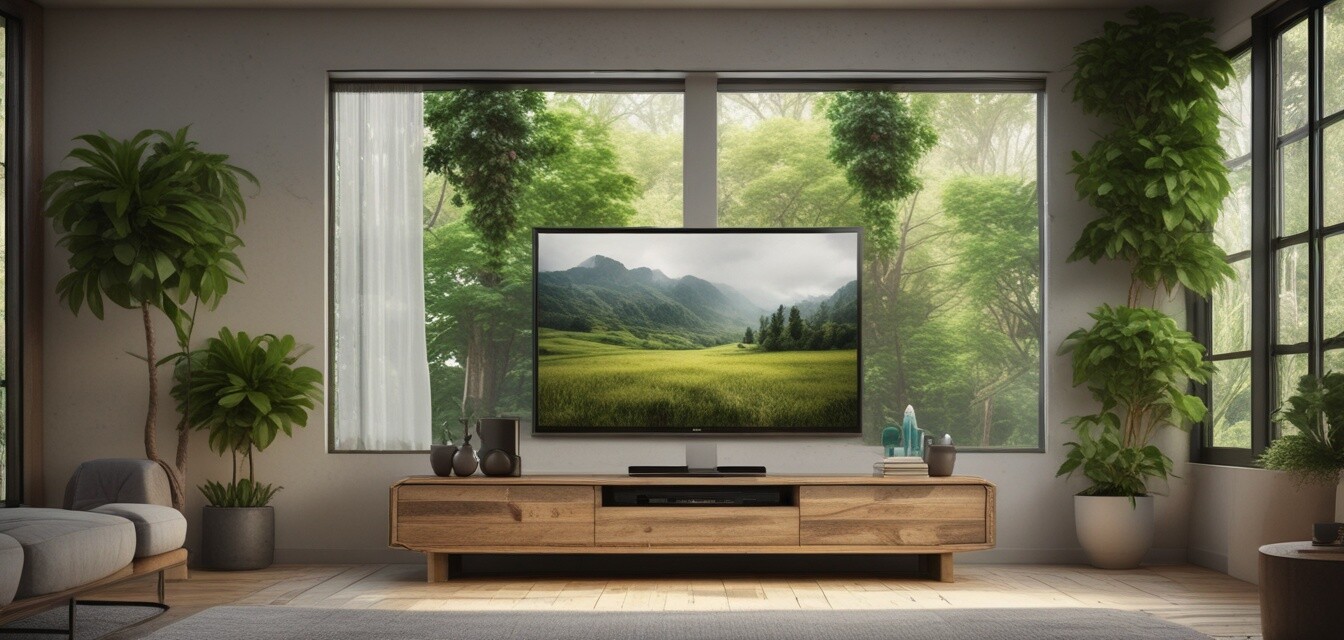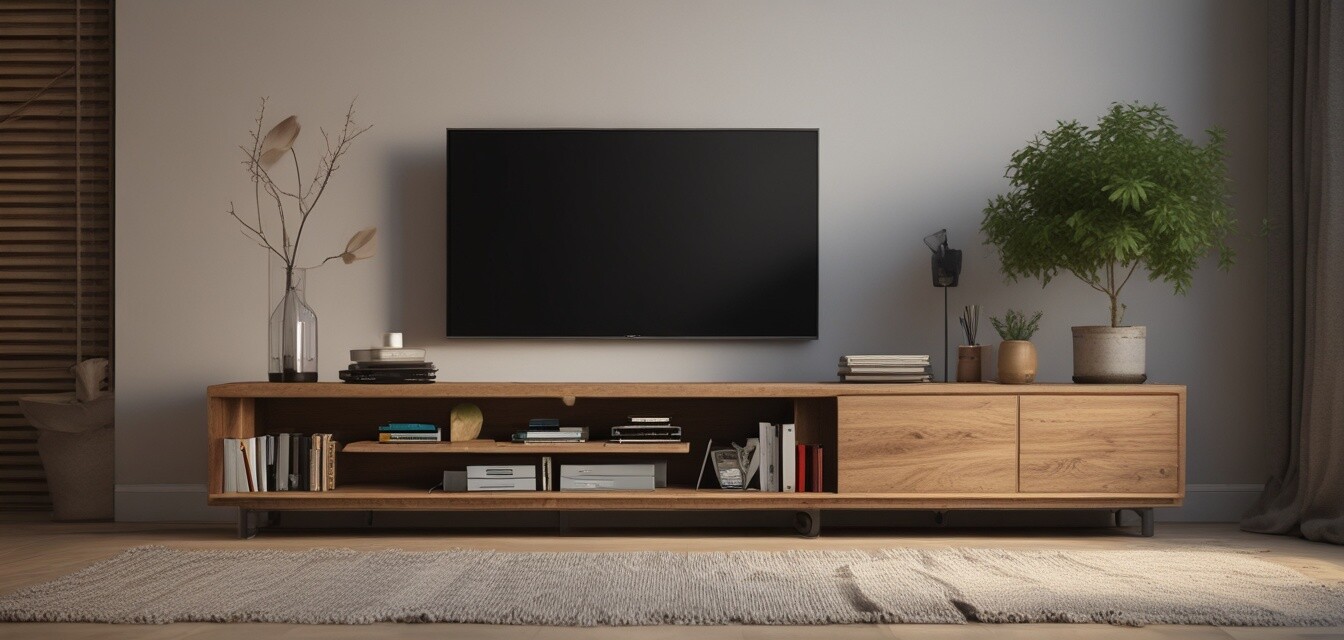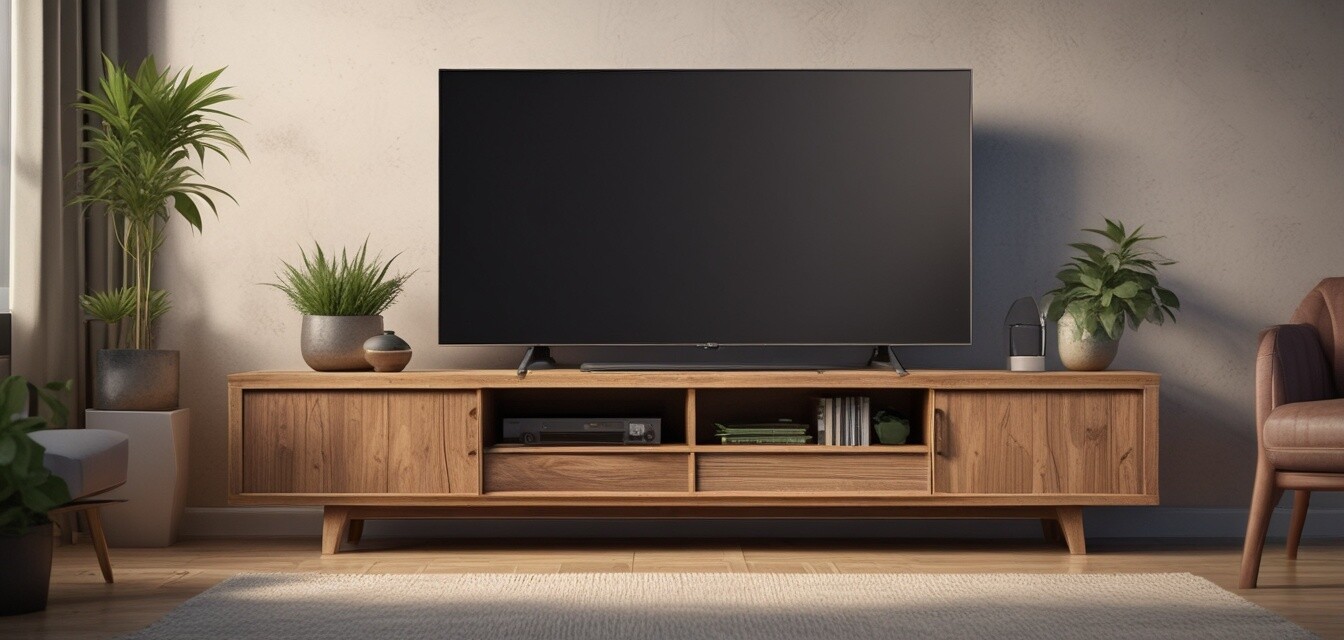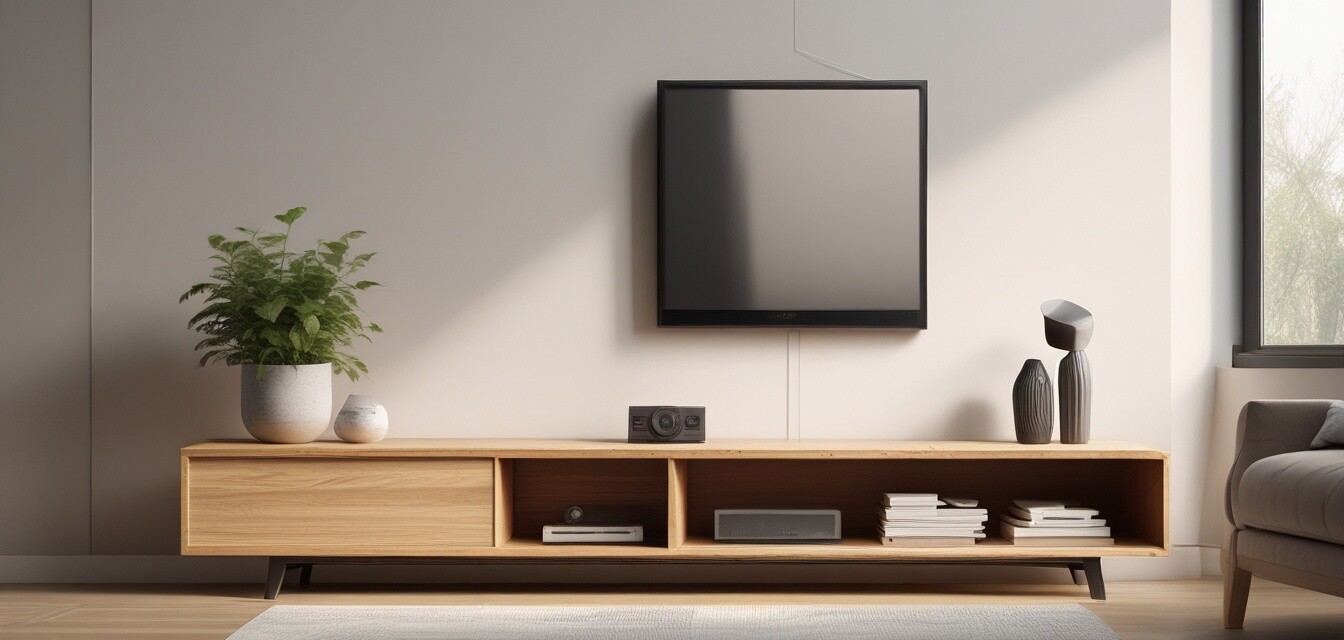
Eco-Friendly Manufacturing Processes
Key Takeaways
- Eco-friendly manufacturing minimizes environmental harm while promoting sustainability.
- Popular materials used include reclaimed wood, bamboo, and recycled metal.
- Certifications like FSC and LEED ensure responsible sourcing and production.
- Innovative processes such as upcycling contribute to sustainability efforts.
- Choosing eco-friendly furniture not only benefits the planet but also enhances home aesthetics.
Understanding the eco-friendly manufacturing processes used in the production of TV stands is essential for consumers looking to make sustainable choices. As more individuals become aware of their environmental footprint, the desire for sustainably-made products has surged. In this article, we will delve into various eco-friendly production methods and materials that contribute to a greener home.
Why Choose Eco-Friendly TV Stands?
Eco-friendly TV stands are crafted using sustainable practices that reduce negative impacts on the environment. Choosing these products not only promotes sustainability but also adds a unique charm to your living space.
Benefits of Eco-Friendly TV Stands
| Benefit | Description |
|---|---|
| Reduced Carbon Footprint | Emphasizes the importance of using sustainable materials and energy-efficient processes. |
| Durability | Eco-friendly products are often more durable, reducing the need for replacements. |
| Healthier Home | Free from harmful chemicals typically used in conventional products. |
| Aesthetical Appeal | Natural materials have unique patterns and textures that enhance decor. |
Common Eco-Friendly Materials
The materials used in eco-friendly manufacturing play a critical role in sustainability. Below are some of the most commonly used materials:
- Reclaimed Wood: Salvaged from old buildings, reclaimed wood reduces deforestation.
- Bamboo: A highly renewable resource, bamboo grows quickly and is sturdy yet lightweight.
- Recycled Metal: Helps reduce waste and energy consumption by reprocessing existing metals.
- Natural Fibers: Materials like cotton and jute are biodegradable and often produced through organic farming practices.

Innovative Eco-Friendly Manufacturing Processes
Manufacturers are adopting innovative processes that reduce waste and promote sustainability. Here are some noteworthy techniques:
| Manufacturing Process | Description |
|---|---|
| Upcycling | Transforming discarded materials into stylish furniture, reducing landfill waste. |
| Modular Design | Creating furniture components that can be easily assembled, disassembled, and reused. |
| Water-Based Finishes | Using non-toxic water-based alternatives instead of harmful solvents for finishes. |
| Energy-Efficient Manufacturing | Utilizing renewable energy sources and energy-efficient machinery in production. |
Certifications to Look For
When searching for eco-friendly products, certain certifications can help you identify sustainable options:
- FSC Certified: Indicates that the wood comes from responsibly managed forests.
- LEED Certified: Focuses on sustainable building practices and operations.
- GreenGuard Certified: Ensures products meet stringent chemical emissions limits.
Tips for Choosing Eco-Friendly TV Stands
Beginner’s Section: How to Choose the Right Eco-Friendly TV Stand
- Research materials and their environmental impact before making a purchase.
- Look for brands that emphasize sustainable practices.
- Consider your space and how the stand fits into your home’s overall design.
- Read customer reviews to ensure product quality and durability.
- Visit local stores to see and feel the products before buying online.
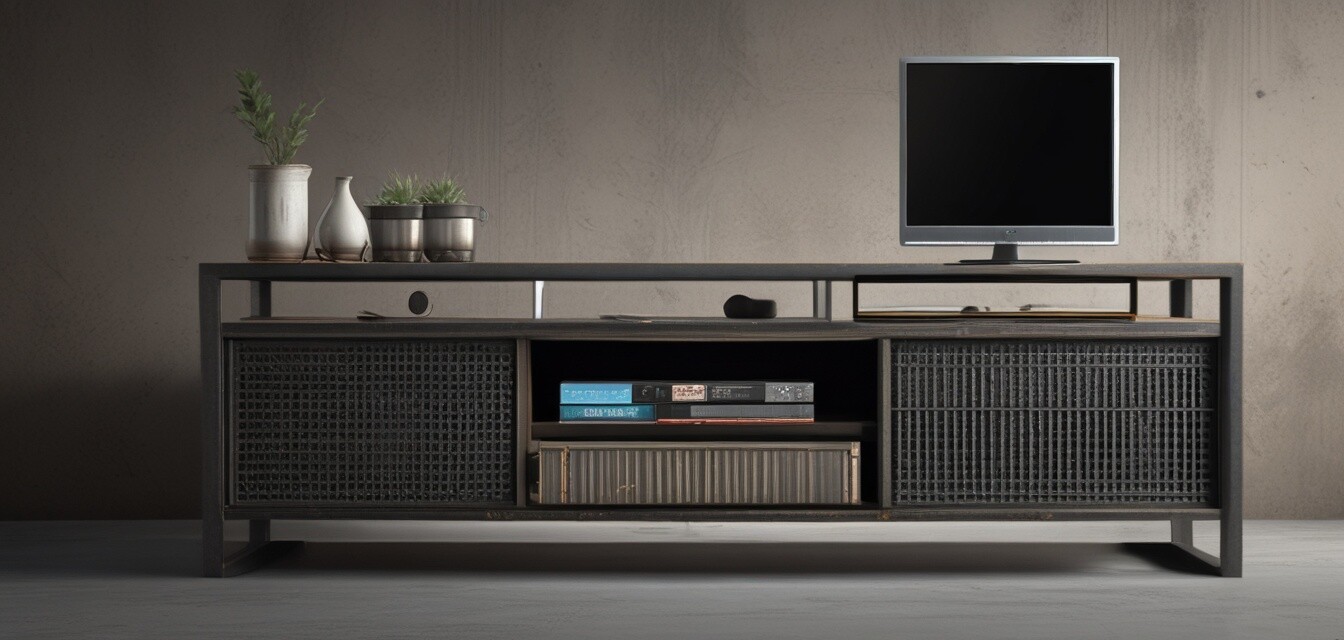
Creating a Sustainable Home Cinema
Incorporating eco-friendly TV stands into your home cinema is just the beginning. Here are some strategies to enhance sustainability:
- Invest in energy-efficient electronics.
- Utilize LED lighting for a softer, eco-friendly atmosphere.
- Choose curtains and furnishings made from organic materials.
- Implement recycling bins for managing electronic waste.
Conclusion
Eco-friendly TV stands are an excellent choice for environmentally-conscious consumers looking to furnish their homes sustainably. By understanding the materials and processes involved in manufacturing, you empower yourself to make informed decisions aligned with your values. Not only do you contribute positively to the environment, but you also create a stylish and unique home that celebrates natural beauty.
Pros
- Promotes sustainability and reduces environmental harm.
- Unique and stylish designs that enhance home aesthetics.
- Durable and often made from high-quality materials.
Cons
- Can be more expensive than conventional furniture.
- Availability may be limited in certain regions.
- Some products may require extra care due to natural materials.
For more information, check out our sections on Wooden TV Stands, Floating TV Stands, and Corner TV Stands.
